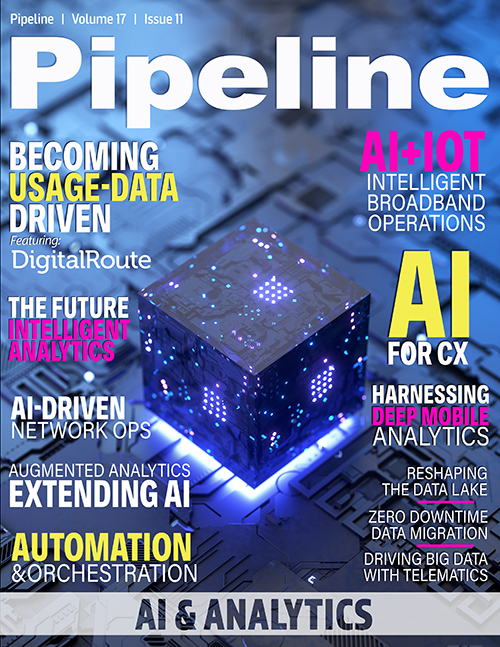The Future of Automation and Orchestration
Machine learning and network automation
For automation to become truly transformative, operators need to revisit and redesign their business processes to reflect a machine-centric paradigm. By automating an entire process, not just individual tasks, the operator gains the flexibility to do much more in much less time with fewer resources—making innovation possible.
When the marginal cost and time to provision a service, or to deploy a new network function, becomes trivial, the service provider can focus on creating new services, composed of capabilities that were previously too costly to manage. Engineering and operations teams can focus their attention on strategic activities of greater value that require their domain expertise instead of performing routine, time-intensive, repetitive activities.
Network automation also solves one of the main challenges in using ML for network engineering and operations: availability of and access to large volumes of data. In network environments where activities are performed manually, there are no mechanisms to capture data such as when a specific task was performed, what the inputs and outputs were for the task, how long the task took to perform, what errors were encountered, and what the state of the network was at the time of the change. With no data set, there is nothing to point the ML algorithms to. One of the main benefits of network automation is the ability to capture a huge amount of data related to the execution of tasks. Network engineers can use this as a dataset for the ML systems, enabling them to use ML to improve areas such as performance, availability, capacity, latency and security.
The evolution of networks and their management approaches has undergone tremendous transformation as businesses widely embrace digital transformation efforts. Looking ahead, the future of automation and orchestration will be machine-centric and require coordination and strategic planning initiatives to lead to successful business results. As the rate of change in network technologies increases, the value of a machine-centric model becomes even greater and creates opportunities to exploit synergies between ML, RPA, and network automation. These technologies have the potential to deliver unique, differentiated, high-value services, but only if the operator transforms the way they are designing and executing their business processes, and only if they utilize tools and platforms that have the capabilities to deliver true end-to-end, machine-centric automation.



















